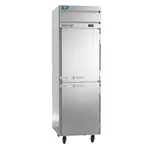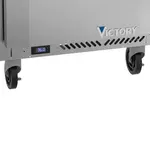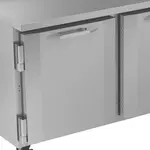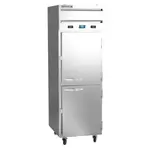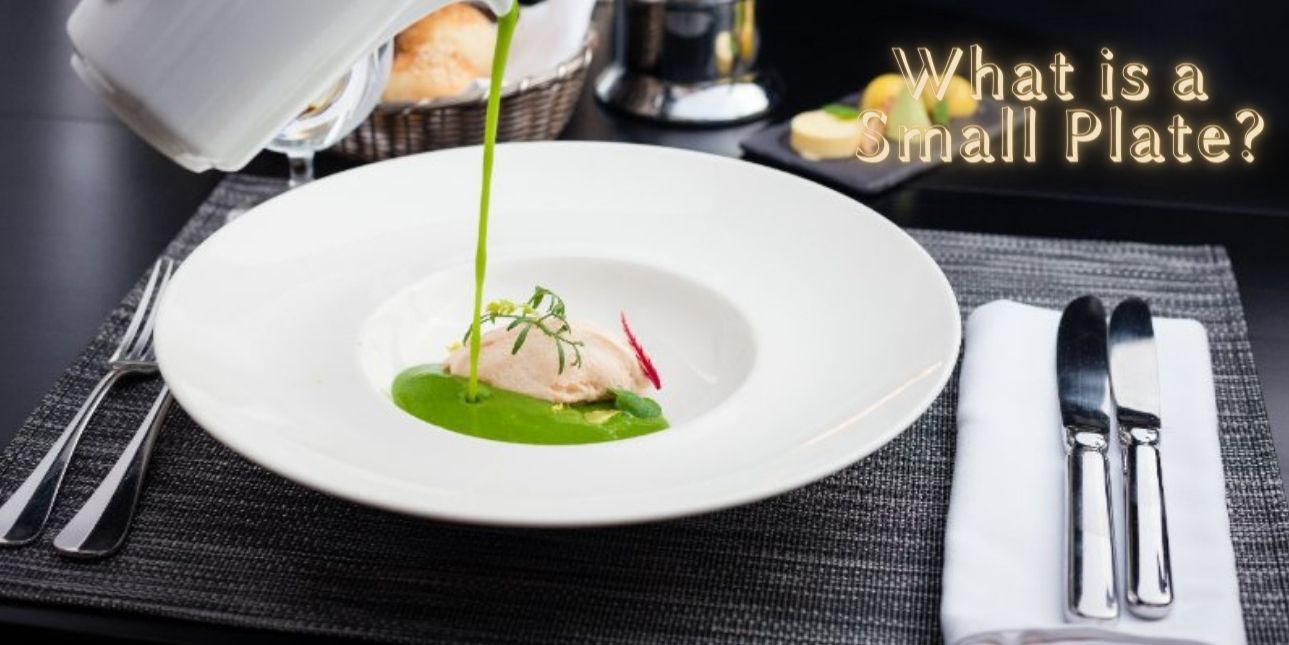
Ever since the trend of small plates gathered steam in the United States, these mini-meals have become an indispensable aspect of a restaurant’s arsenal. So, what is a small plate after all? As the name suggests, small plates are manageable portions of food that can be shared by customers so they have an enhanced opportunity to explore the menu and try a range of different offerings. Inspired by the tapas culture of Spain, offering small plates has become a great way for businesses to maximize productivity while offering smaller quantities of food to customers that are eager to explore more of the menu.
Small plates restaurants are gaining increased popularity as younger generations continue to change the commercial food business landscape. Small plates allow for more options to be tried in a single meal. They help mitigate disappointment stemming from unsatisfactory food, and also provide a great way for customers to socialize during their meals. Read on as we discuss why small plates are popular, how different cuisines approach small plates, and why the small plates restaurant concept is here to stay.
The History of Small Plates
The history of small plates goes back to tapas, as the eating tradition is directly linked to the introduction of small plates as a trend in the United States. With several legends associated with tapas and their origin, it is difficult to separate the myth from fiction. However, tapas has always been a small portion of food. This was commonly a piece of bread, cheese, or cured meat that guests had as an accompaniment to their alcohol. It is said that tapas originally started as glass/pitcher covers for wine or sherry to keep the flies and dust out. This was eventually seen as an indispensable part of the drinking experience in Spain. Another famous tale from the 13th century narrates the experience of the Spanish king Alfonso X The Wise who was suggested to have large quantities of wine when recovering from a health condition. The king had small portions of food along with the wine to reduce the effects of the wine. He found that not only did the food help him taper off the effects of alcohol, but it also made the experience more enjoyable. The king then decreed that alcohol must always be served with small portions of food to combat public inebriation in the populace. While these stories detail the origins of tapas, small plates of food are also notable in other cuisines such as those of east Asia. This is showcased in the case of dim sum in China and Banchan in Korea.
What are Small Plates Today & Why Are They Popular?
True to the original influences of tapas and other eating cultures that brought about the development of small plates in the US, small plates are still portions of foods such as appetizers that can be had while waiting for the main course, or as an accompaniment to alcohol. Small plates restaurants have begun gaining prominence as the focus of customers shifts from one large meal consisting of one or two dishes to smaller portions of multiple dishes. This trend is also influenced by the millennial generation that likes to be more experimental with their cuisine and is not afraid of taking risks with their dietary choices. Alongside the increased availability of multicultural cuisines across the board, the intent to explore dominates the reason for increased demand when it comes to small plates. While small plate dishes can sate the hunger of patrons that have a big appetite, they also allow customers with smaller appetites to avoid over-ordering and eat only what fits their capacities. Small plates restaurants also move away from the traditional course-based meal concepts and introduce vibrance to eating out. Small plates foods also reduce the risk of overpaying for food as they’re offered at lower price points to consumers. Due to this important factor, consumers are often more willing to try new flavors and offerings in a small plate format than for an entree.
The Benefits of Small Plates for Business Owners
Since the portion sizes offered in small plates of food are smaller than those offered in entrees, small plates are the ideal choice for repeat orders and customers ordering across the board. Small plates are also shared by customers, promoting an increased frequency of orders for the restaurant. Not only does this improve sales, but also offers culinarians a greater range of freedom to experiment and prepare a vast array of dishes in the kitchen. The benefits of small plates also extend to improving the time spent by customers at your restaurant. The more time a customer spends at your establishment, the more food items and drinks they’re bound to order. These food options improve the drinking experience for customers, furthering the prospect of higher drink sales per table, and raising the margin of profit earned per table.
Small Plates Dishes
What can be offered as a small plates dish? Several foods are well-suited to be offered as small plate food options. Here are a few examples:
- Tapas: Since Tapas is an umbrella term referring to food offered in small quantities, here are some traditional offerings that are considered to be tapas:
- Croquettes
- Potatoes
- Olives
- Cheeses
- Simple sandwiches
- Cured meats
- Banchan: The Korean take on small plates can be substituted for complete meals, given their variety, presentation, and their pairing with dishes such as soup and rice. Some examples of banchan include:
- Seafood pancakes
- Stir-fried potatoes in sauce
- Kimchi
- Dried squid
- Cicchetti: The Italian varieties of small plates are very popular in pizzerias and other Italian restaurants. The culinary culture is unique to Venice but has spread out from the enamoring city to other parts of the world. Cicchetti offers a wide range of variety for business owners to consider. Some popular dishes included in Cicchetti are:
- Polpette/meatballs
- Creamed cod
- Sardines in sauce
- Marinated anchovies
- Dim sum: Though dim sum is considered a class of dishes, dim sum establishments offer several varieties of dim sum and other classic Chinese dishes to customers. Popular Chinese small plate foods include:
- Steamed pork buns
- Chicken feet
- Sesame balls
- Crystal shrimp dumplings
Why You Should Include Small Plates on Your Menu
Small plates are not only customer-friendly options that improve engagement and promote increased menu exploration but are also great ways for businesses to experiment with their operational style. They increase social interaction between customers and offer delicious ways to provide small quantities of delicious food so the health-conscious aren’t left feeling guilty about their indulgence. Small plate foods are extremely social-media-friendly and incentivize the experience for customers that prefer to capture the food they eat on camera. This will improve your social media engagement and also aid word-of-mouth marketing for your business. Stay in touch with the trending foods so you can offer your customers what’s in vogue in sizes that suit their pockets and appetites. You can even offer the more experimental small plate dishes as specials so you have a chance to test out those dishes you’ve always wanted to have a go at behind the counter.
Implementing the small plates restaurant concept will require you to use the best equipment available at your establishment to promote customer satisfaction and drive sales. Choosing from the best restaurant and commercial refrigeration equipment such as walk-in or reach-in refrigerators will promote ease of storage and access to a motley of ingredients required to prepare a rich set of small plates.



